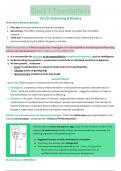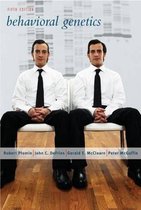Summary
Full summary -- Genes & Environment Interplay (P_BSAGEOM)
- Course
- Institution
- Book
This document includes at least 98% of all the content covered on the 6 blocks relevant to the exam. It includes information about the book + slides + study guide block. Hope this helps you with the exam, good luck!
[Show more]




